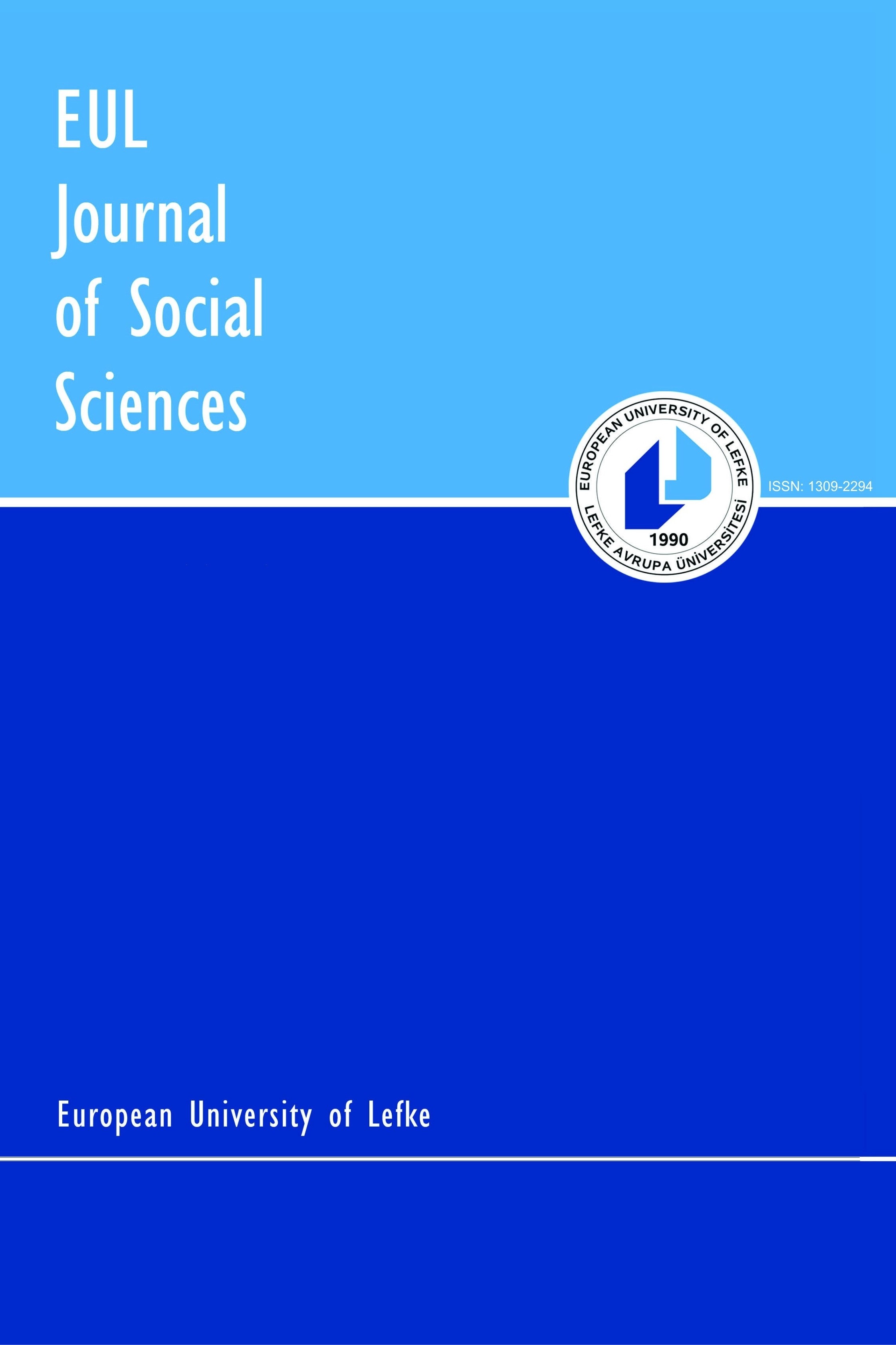DiL ÇEŞiTLiLiĞi: PIDGINS VE CREOLES
Bu çalışma basitleştirilmiş karma dil, kırma dil, ve ortak iletişim dillerinin tanımları hakkında ayrıntılı bilgi içerir. Bu dil çeşitliliklerinin arasındaki benzerlikler ve farklılıklar örneklerle sunulmuştur ve ayrıntılı biçimde incelenmiştir. Basitleştitrilmiş karma diller ve kırma diller kullanan kişiler için önemli değil fakat kimlikleri hakkında önemli bilgiler verirler. Bu sebepten dolayı yazı bu konu ile ilgili bilgi içerir. 1930’dan sonra, dilbilimciler basitleştirilmiş karma dillerin ve kırma dillerin önemini fark ettikleri zaman, bu dilleri kullanan insanlar da bu önemin farkına vardılar ve bunların dilin kötü çeşitleri olmadıklarını anladılar. Biyoprogram Dil Hipotezi Bickerton tarafından öne sürülmüş bir düşüncedir ve bütün insanların dil için doğuştan bir biyoprograma sahip olduğunu savunur. Bickerton (1984:173) bu fikrini desteklemek için dünyanın çeşitli yerlerinden örnekler sundu ve farklı dilsel geçmişten gelmiş olsalar bile dünyadaki basitleştirilmiş karma dillerin ve kırma dillerin tümünün ortak özellikler paylaştıklarını savundu.
Anahtar Kelimeler:
basitleştirilmiş karma dil, kırma dil, ortak iletişim dili, yeniden sözcükleşme, dil çeşitliliği
Language Varieties: Pidgins and Creoles
Abstract: The present paper contains detailed information about the definitions of Pidgins, Creoles, and Lingua Francas. The similarities and the differences between these language varieties are provided with examples and studied thoroughly.Pidgins and Creoles are not important to people who use them but they give crucial information about their identities, for this reason, the paper includes data on this issue. After the 1930s when linguists realized the importance of Pidgins and Creoles, the people who were using them also became aware of the importance and that they were not bad varieties of languages. The Language Bioprogram Hypothesis is an idea proposed by Bickerton (1984:173) who believes that all humans are born with an innate bioprogram for language. Bickerton supports his hypothesis by providing examples from different parts of the world to show that Pidgins and Creoles share characteristics all over the world even when they come from different linguistic backgrounds.Keywords: Pidgin, Creole, lingua franca, relexification, language variety
Keywords:
Pidgin, Creole, lingua franca, relexification, language variety,
___
- Arends, J., Kouwenberg, S., Smith, N. (1995), Theories focusing on the non
- European input, Pidgins and Creoles: An introduction, John Benjamins Publishing Company, Amsterdam Bickerton, D. (1984), “The Language Bioprogram Hypothesis”, Behavioral and Brain Sciences, 7(2): 173-221.
- Bloomfield, L. (1994), Language, Motilal Banarsidass Publishers Private Limited, India.
- Cassidy, F. G. (1971), “Tracing the Pidgin element in Jamaican Creole”, Hymes,
- D. (ed), Varieties of English around the world, John Benjamins Publishing Company, Kingston. Crystal, D. (2003), English as a global language, Cambridge: Cambridge University Press.
- De Camp, D. (1977), The Development of Pidgin and Creole Studies, Pidgin and Creole Linguistics, Indiana University Press
- European Commission (2010), Studies on translation and multiculturalism,
- Lingua Franca: Chimera or Reality?. Luxemburg. Publications Office of the European lingua-franca-en.pdf, Retreived, 10.08.2014. http://cordis.europa.eu/fp7/ict/language-technologies/docs/
- Horvath, J and Wexler, P. (1997), Relexification in Creole and non-Creole
- Languages: with special attention to Haitian Creole, Modern Hebrew, Romani, and Rumanian, Otto Harrassowitz, Wiesbaden Hymes, D. H. (1971), “Pidginization and Creolization of Languages”,
- Proceedings of International Conference on Pidgin and Creole Languages, Cambridge (1968), Jamaica, Cambridge University Press, 3-5.
- Lefebvre, C. (1998), Creole genesis and the acquisition of grammar. The Case of
- Haitian Creole, Cambridge, Cambridge University Press. Murphy, K. (2012), “The Hawaiian Prosodic Imprint on Hawaii Creole English”,
- Proceedings of the XX. Annual Symposium about Language and Society (2012), Austin, 62-71.
- Napoli, D, J. (2003), Language Matters, Oxford University Press, New York,
- Polome, E. (1971), Pidginization and Creolization of Languages, Cambridge:
- Cambridge University Press. Psycholinguistics/ http://en.wikiversity.org/wiki/Psycholinguistics/Pidgins,_Creoles,_and_ Sign, Retrieved, 22.03.2013. Creoles, and Home Sign, from Home_
- Romaine, S (1990), “Melanesian Pidgin and Tok Pisin”, John, W. M. and Verhaar, S. J. (eds.), Studies in Language Companion, John Benjamins
- Publishing Company, Papua New Guinea. Sawant, N. R. (2011), “Pidgin: An Admixture of Different Elements”, The Criterion: An International Journal in English, 2(4): 1-3.
- Goodman, M. (2003), “William A. Stewart: 1930-2002”, Journal of Pidgin and Creole Languages, 18(2): 311-317.
- Todd, L. (1990), Pidgins and Creoles, New ed. London, Routledge
- Versteegh, K. (2008), “Non-Indo-Eyropean Pidgins and Creoles”, Kouwenberg,
- S. and Singler, J. V. (eds), The Handbook of Pidgin and Creole Studies, Blackwell Publishing, UK. Wardhaugh, R. (2006), An Introduction to Sociolinguistics, (5th edition), Blackwell 342377/lingua-franca, Retrieved, 22.03.2013. USA, http://www.britannica.com/EBchecked/topic/
- ISSN: 1309-2294
- Yayın Aralığı: Yılda 2 Sayı
- Başlangıç: 2010
- Yayıncı: Lefke Avrupa Üniversitesi
Sayıdaki Diğer Makaleler
Türkiye ve OECD Ülkelerinde Yapılan Eğitim Harcamalarının Karşılaştırmalı Analizi
Zülküf AYRANGÖL, Mustafa TEKDERE
Gelecek 10 Yıl İçerisinde İnsan Kaynaklarının Yüzleşeceği Zorluklar
Hakan ERKAL, Tamer KEÇECİOGLU, Mustafa YILMAZ
Kredi Derecelendirme Kuruluşları Üzerine Düşünceler
DiL ÇEŞiTLiLiĞi: PIDGINS VE CREOLES
Ürün Portföy Planlamasında Veri Madenciliğinden Yararlanılması Üzerine Bir Çalışma
